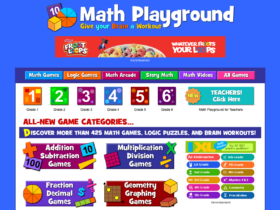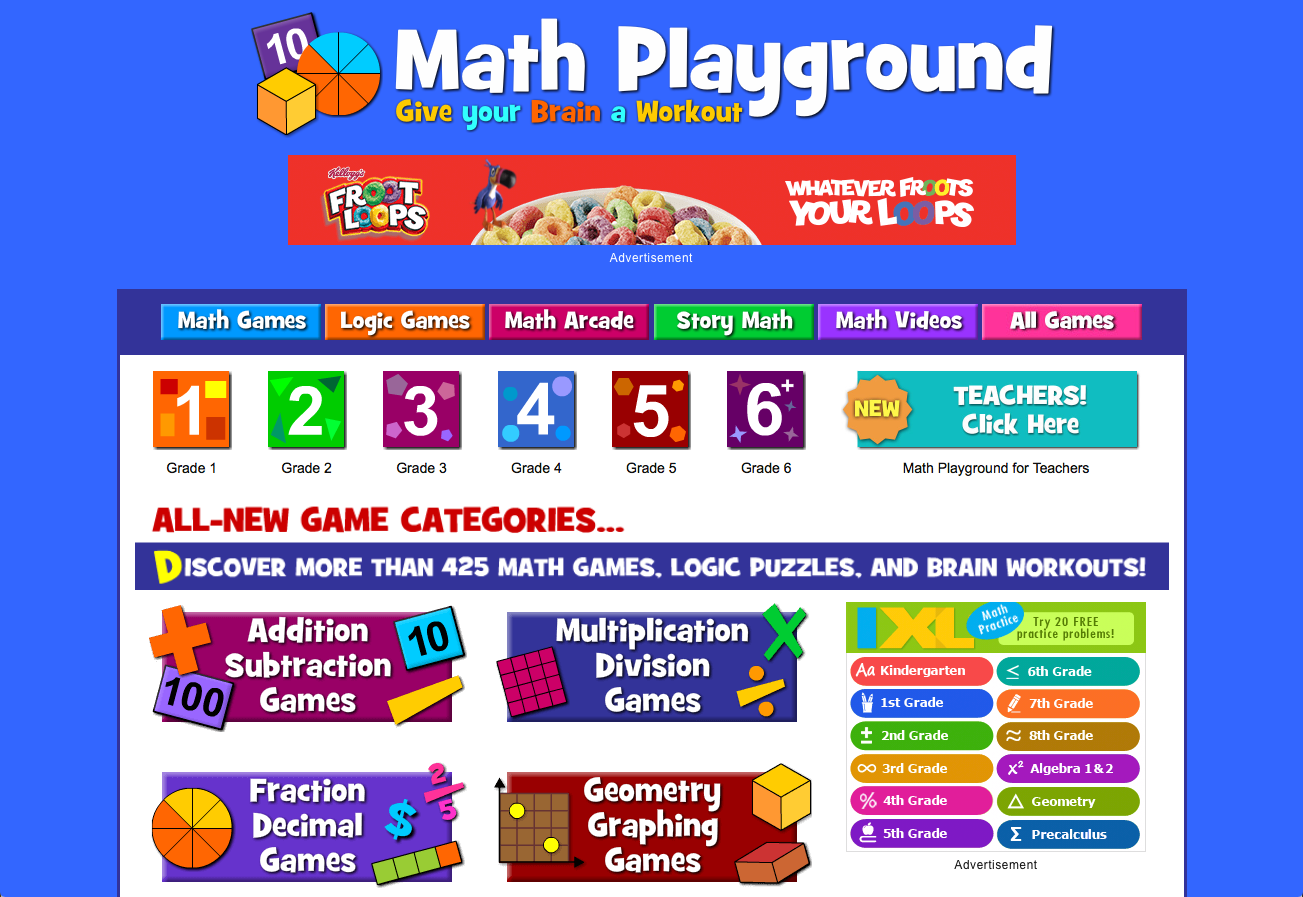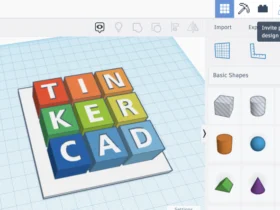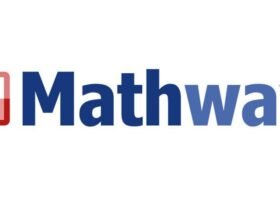In today’s digital age, where education and technology intersect more seamlessly than ever, the concept of a “math playground” has emerged as a beacon for innovative learning. This virtual playground is not just a metaphorical space but a tangible platform where children and adults alike can explore the beauty and complexity of mathematics in an engaging, interactive environment. This article delves into the essence of the math playground, its benefits, and how it’s revolutionizing the way we approach math education.
The Genesis of Math Playgrounds
The inception of math playgrounds can be traced back to the growing recognition of the importance of STEM (Science, Technology, Engineering, and Mathematics) education in the early 21st century. Educators and technologists began to seek out more effective methods to teach these critical subjects, focusing particularly on mathematics due to its foundational role in STEM. The traditional classroom approach, often criticized for its rote memorization and lack of engagement, paved the way for the birth of interactive math platforms. These platforms, or “math playgrounds,” are designed to make learning math not just informative but genuinely enjoyable.
Math playgrounds are comprehensive online environments filled with a wide array of games, puzzles, and challenges, all meticulously crafted to cover various mathematical concepts. From basic arithmetic to more complex topics like algebra, geometry, and even calculus, these platforms offer a structured yet flexible learning pathway. What sets them apart is their ability to transform abstract mathematical theories into concrete, relatable scenarios through gamification and interactive storytelling.
The Power of Interactive Learning
One of the core advantages of math playgrounds is their emphasis on interactive learning. Unlike traditional teaching methods, which often position students as passive recipients of information, math playgrounds encourage active participation. Through engaging, hands-on activities, learners can experiment with mathematical concepts, apply them in various contexts, and see immediate outcomes of their problem-solving efforts. This interactive approach not only enhances understanding but also significantly boosts retention rates.
Furthermore, the adaptive learning technologies embedded in many math playgrounds allow for personalized learning experiences. Algorithms adjust the difficulty level and type of challenges presented based on the user’s performance, ensuring that each learner is adequately challenged without being overwhelmed. This customization makes math playgrounds an invaluable resource for learners with diverse needs and abilities, fostering an inclusive environment where everyone can thrive.
Fostering a Love for Math
Perhaps one of the most significant impacts of math playgrounds is their ability to instill a genuine love for mathematics. By incorporating elements of play, competition, and reward, these platforms transform the learning process into an adventure. Learners are no longer studying math simply because they have to; they are exploring it because they want to. This shift in perception is crucial, especially in early education, as it lays a positive foundation for lifelong learning and curiosity.
Moreover, the social features of many math playgrounds, such as leaderboards, multiplayer games, and community challenges, add an extra layer of motivation. They tap into the natural human desire for social interaction and recognition, making math not just a solitary pursuit but a shared journey. This community aspect can significantly enhance learners’ engagement and persistence, key factors in educational success.
The Role of Math Playgrounds in Modern Education
Incorporating math playgrounds into the broader educational ecosystem represents a forward-thinking approach to teaching and learning mathematics. These platforms serve as a valuable supplement to traditional classroom instruction, offering a way to reinforce concepts and practice skills in a more dynamic and appealing format. Furthermore, they provide an accessible resource for independent learning, allowing students to explore mathematical concepts at their own pace, on their own time.
Educators can also leverage math playgrounds as a tool for differentiated instruction. By assigning activities that cater to individual learning styles and levels, teachers can ensure that all students are engaged and challenged appropriately. Additionally, the real-time data and feedback provided by these platforms can help educators identify areas where students may be struggling and adjust their teaching strategies accordingly.
Challenges and Considerations
While the benefits of math playgrounds are manifold, there are also challenges to consider. Ensuring that these platforms are accessible to all learners, regardless of their socio-economic background, is paramount. There’s also the need to maintain a balance between screen time and traditional learning methods, recognizing that physical interaction and hands-on experiences play vital roles in child development.
Furthermore, the effectiveness of math playgrounds relies heavily on the quality of the content and the design of the platform. Engaging, well-structured activities that align with educational standards are essential for these tools to be more than just entertaining distractions. Ongoing research and development, guided by feedback from educators and learners, are crucial to refine and enhance these platforms.
Conclusion
The math playground represents a vibrant, innovative approach to math education, blending the rigor of mathematical thinking with the joy of discovery and play. By making math accessible, engaging, and fun, these platforms have the potential to transform attitudes towards math, encouraging a new generation of learners to embrace the challenges and rewards of this essential discipline. As we continue to navigate the evolving landscape of education technology, the math playground stands out as a testament to the power of interactive learning and the endless possibilities it holds for enriching our understanding and appreciation of mathematics.
FAQs about Math Playgrounds
Who can benefit from using a math playground?
Math playgrounds are beneficial for learners of all ages, from young children just starting their math journey to older students who want to reinforce their understanding or master more complex concepts. Educators and parents can also utilize these platforms to support traditional teaching methods and encourage a love for math outside the classroom.
Are math playgrounds suitable for classroom use?
Yes, many math playgrounds are designed with classroom use in mind. They can serve as an excellent resource for teachers looking to introduce new topics, provide extra practice, or offer differentiated instruction based on individual student needs. The interactive and customizable nature of these platforms makes them a valuable tool for engaging students and enhancing their learning experience.
Can math playgrounds improve math skills?
Absolutely. Math playgrounds offer a hands-on learning experience that can significantly enhance mathematical understanding and retention. The interactive games and challenges help learners apply concepts in various contexts, deepening their comprehension and problem-solving skills. Additionally, the immediate feedback provided allows users to learn from their mistakes and improve their abilities over time.





















